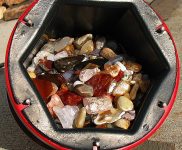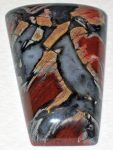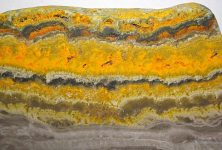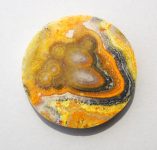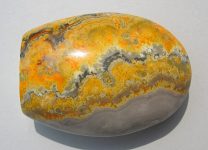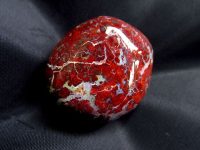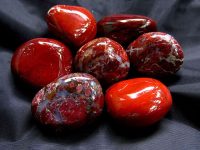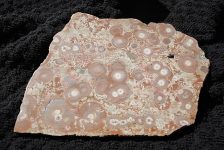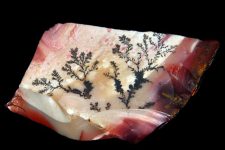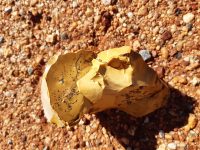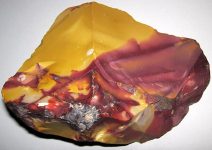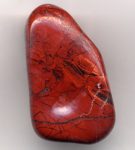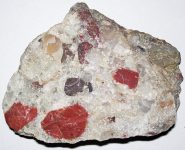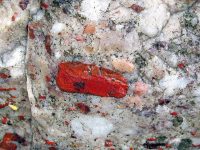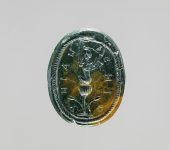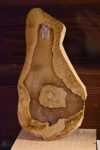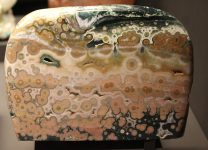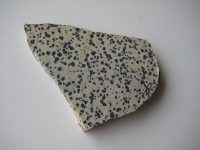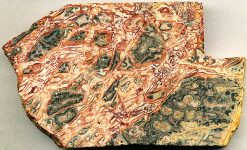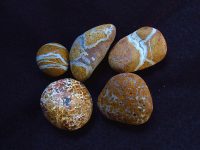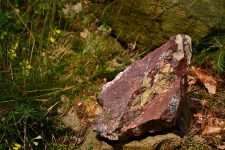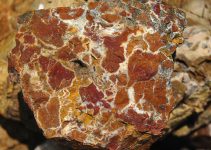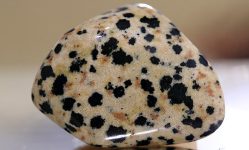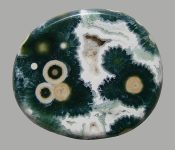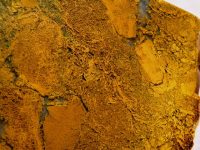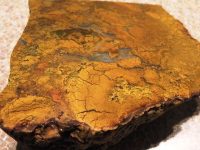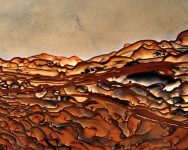Jasper
ABOUT JASPER
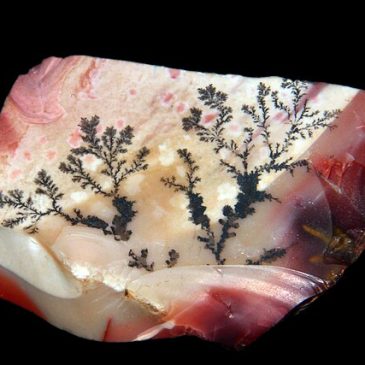
About:Jasper is a unique and colorful variety of chalcedony, a microcrystalline form of quartz. Known for its diverse patterns and rich colors, jasper has been treasured throughout history for its beauty and utility. This guide provides an in-depth look at jasper’s characteristics, history, sources, uses, and significance.
Mining: Jasper is typically extracted through open-pit mining. The extraction process involves drilling, blasting, and removing the rock, which is then transported to processing facilities.
Processing: Extracted jasper is cleaned, cut, and polished to enhance its natural beauty. For use in jewelry and decorative objects, jasper is often cut into cabochons or shaped into beads.
CHARACTERISTICS
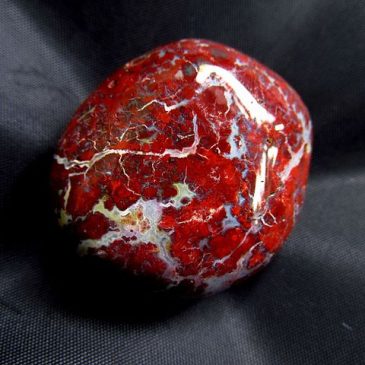
Color: Jasper can be found in virtually every color, with red, brown, yellow, and green being the most common. The color is primarily due to the presence of iron oxide and other mineral impurities.
Chemical Composition: Jasper has the same chemical composition as quartz, SiO₂ (silicon dioxide), but its opaque nature and unique patterns are due to the presence of impurities.
Density: Jasper has a density of about 2.5-2.9 g/cm³.
Crystal Structure: Jasper, like all chalcedonies, has a microcrystalline structure, meaning its crystals are too small to be seen without magnification.
Luster: Jasper has a vitreous to waxy luster when polished.
Hardness: Jasper has a Mohs hardness of 6.5 to 7, making it relatively hard and durable.
Transparency: Jasper is typically opaque, although some specimens can be slightly translucent around the edges.
HISTORY AND LORE
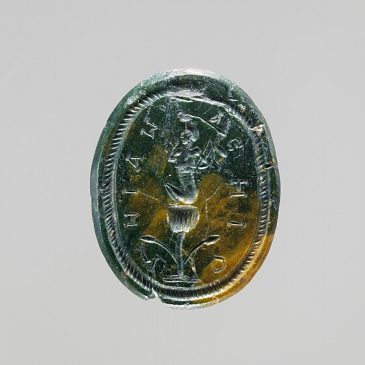
Ancient Civilizations: Jasper has been used since ancient times for a variety of purposes. The Egyptians, Greeks, and Romans carved it into amulets, seals, and jewelry. It was also used in mosaics and inlay work.
Middle Ages: During the Middle Ages, jasper was considered a powerful talisman. It was believed to protect against evil spirits and cure various ailments.
Modern Era: Today, jasper remains popular for its aesthetic appeal and is widely used in jewelry, decorative objects, and as a collector’s stone.
SOURCES
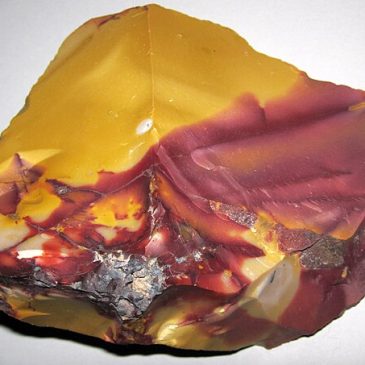
Geographical Locations: Jasper can be found worldwide, with significant deposits in the United States (especially in Oregon, Idaho, and California), Australia, Brazil, India, Russia, and Madagascar.
Geological Formation: Jasper forms in sedimentary and volcanic environments, where silica-rich solutions infiltrate and solidify in rock fractures and cavities. The presence of mineral impurities during this process creates the distinctive patterns and colors of jasper.
USES
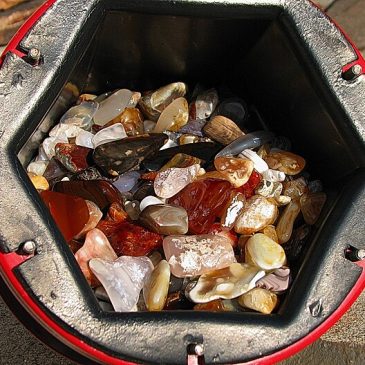
Jewelry: Jasper’s variety of colors and patterns makes it a popular choice for jewelry. It is commonly cut into cabochons, beads, and inlay pieces for rings, necklaces, and bracelets.
Decorative Objects: Jasper is used to create a wide range of decorative items, including carvings, vases, bookends, and tabletops. Its durability and aesthetic appeal make it ideal for these purposes.
Collecting: Jasper is a favorite among mineral collectors due to its diverse patterns and colors. High-quality specimens and those with unique patterns are highly prized.
Metaphysical Uses: In the metaphysical realm, jasper is believed to have various healing properties. It is thought to promote stability, balance, and grounding. Jasper is also used in meditation and energy healing practices.
CULTURAL SYMBOLISM
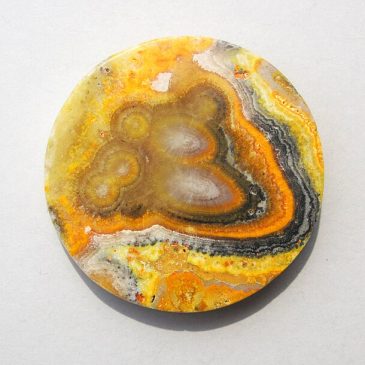
Symbol of Protection and Healing: Jasper has long been associated with protection and healing. Its use in amulets and talismans throughout history reflects its symbolic significance.
Historical Usage: The use of jasper in ancient artifacts and jewelry highlights its cultural and historical importance.
